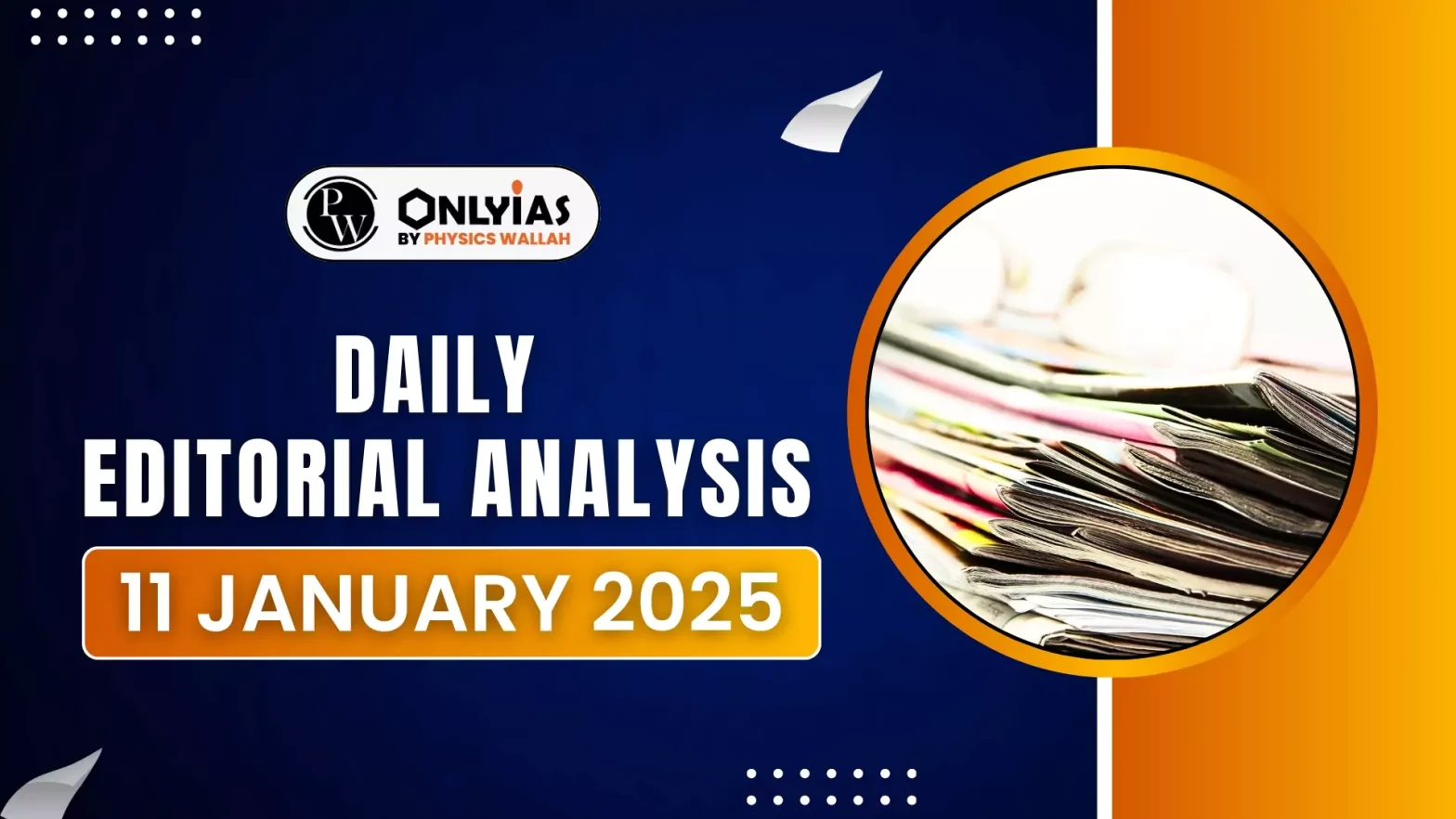The income disparities among India’s states over the past three decades have increased significantly.
- State Domestic Product (SDP): A clear geographical distinction exists between states with per capita State Domestic Product (SDP) above the national average in 2019-20 and those below it.
- The affluent states are situated in the south, west, and northwest, while the less prosperous states are in the north, centre and east.
- During 1990-91, the per capita state domestic GDP of higher income states was 1.7 times that of lower income states which increased to 2.5 times by 2019-20.
Enroll now for UPSC Online Course
Reasons Behind Income Inequality in India
- Historical Factors: The British and industrialists developed only those regions that possessed rich potential for prosperous manufacturing and trading activities. Ex- Kolkata, Mumbai and Chennai.
- Failure of Planning Mechanism: The planning mechanisms enlarged the disparity between India’s developed and less developed states.
- Lack of Growth of Ancillary Industries in Backward States: The Government followed a decentralized approach for the development of backward regions. However, due to lack of growth of ancillary industries, these areas remained backward.
- Failure of India’s Industrialization Strategy: Unlike China, India could not break its stagnant history of industrialization, rather the services sector emerged as the driver of economic growth. But, between 2012 and 2019, there has not been a 1% point increase in its employed workforce.
- Concentration of Services Sector in High-Income States: Services Sectors are almost entirely located in the few higher-income states with West Bengal (Kolkata) as an exception.
- Declining Public Investments: The primary factor contributing to the expanding disparity in per capita SDP is the increased shift in investment from the public to the private sector during the post-1991 liberalization era and leads to the widening gap in per capita income.
- Poor Linkage of Economic Hubs: India’s growth hubs are not connected with each other. The few growth hubs did not lead to spillover effects leading to skewed distribution of employment across the states creating pockets of poverty in the poorer states.
- Others:
- Labour Force Disparity: In northern and central states, the labour force participation rate and the percentage of workers with regular wage are below the national average.
- Disparity in Access to Engineering Education: 70% seats are in higher-income states.
- Poor Investment in Education: It has decreased from 10.8% to 9.7%
- Entrepreneurship Imbalance: As per Annual Survey of Industries 2019-20, higher-income states accounted for nearly 75% of factories and employment.
Government Interventions for Backward Regions
- The 14th Finance Commission assigned 50% weight to income distance.
- Backward Regions Grant Fund Scheme to redress regional imbalances in development.
- Rashtriya Sam Vikas Yojana focused on development programs for backward areas.
- Aspirational Districts Programme to transform 112 most under-developed districts nationwide.
- National Rural Livelihoods Mission aims to promote poverty reduction.
Check Out UPSC Modules From PW Store
Way Forward to Reduced Income Inequality in India
- Connecting Value Chains in High-Income States with Low-Income States: A national policy that promotes value chains that link enterprises in southern and western states for input supply in northern and eastern states is needed.
- Skill Development: Immediate actions are required to enhance skill development and engineering education. This will cultivate the potential necessary to attract enterprises.
- Region-Specific Interventions: It needs a focus on specific regional dimensions supplemented by significant investments in education and health.
- Relaxing Borrowing Limits for Poor States: This will enable poorer states to raise their capex spending, raising growth, and helping them catch up with other states.
- Increasing Female Labour Force Participation Rate: According to the Periodic Labour Force Survey Report 2022-23, it stands at 37.0% in 2023.
![]() 11 Jan 2025
11 Jan 2025

